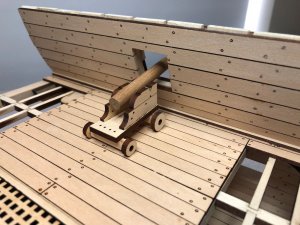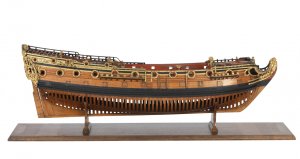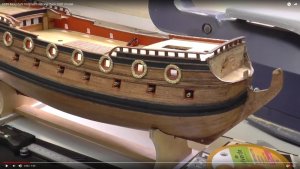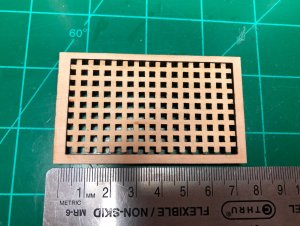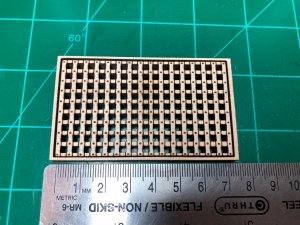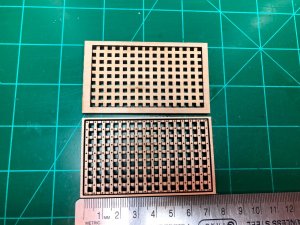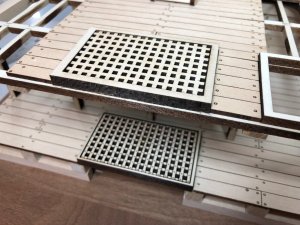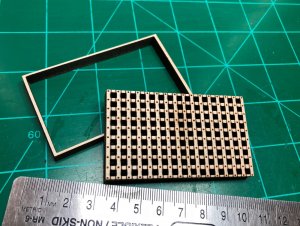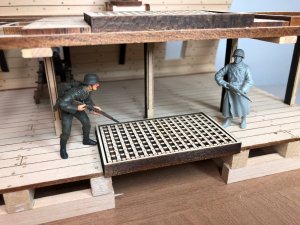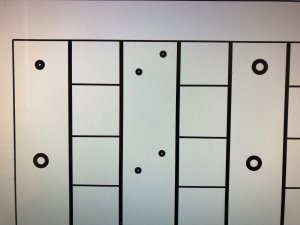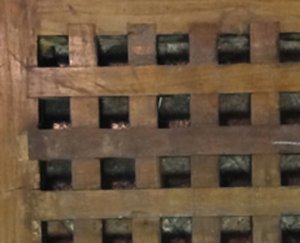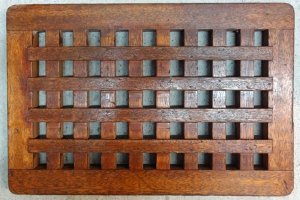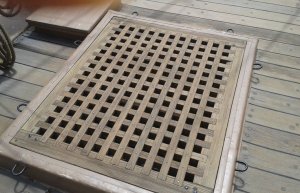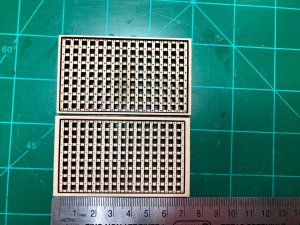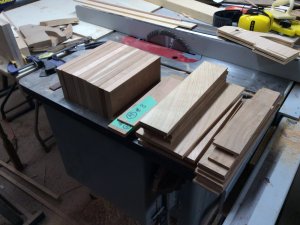Hallo Mike,
Your gratings are looking good, but it is maybe here too much photo etching, when it is allowed to say. Due to the fact, that the original beams are only appr. 10 cm thick, the used nails, two per connection point, are much smaller, so more or less realy not visible in this scale. And one additional remark, all the beams of one grating would have the same continuous width. It looks a little bit, that on the long side the outer beam has a smaller width than the others. The frame in which the grating lays has a bigger width, more or less double width of one beam of the grating, like on your first attempt.
To your question how they did it to open a grating.....i never saw a lift handle at a grating. It is relatively easy to knot a rope through the openings of the grating, the bigger ones were opened with using a yard like a lifting crane and the use of fixed and running rigging, f.e. also to lift a boat from the deck.
For preparation of heavy weather they had to close the gratings, that no water on the deck can come into the ship






